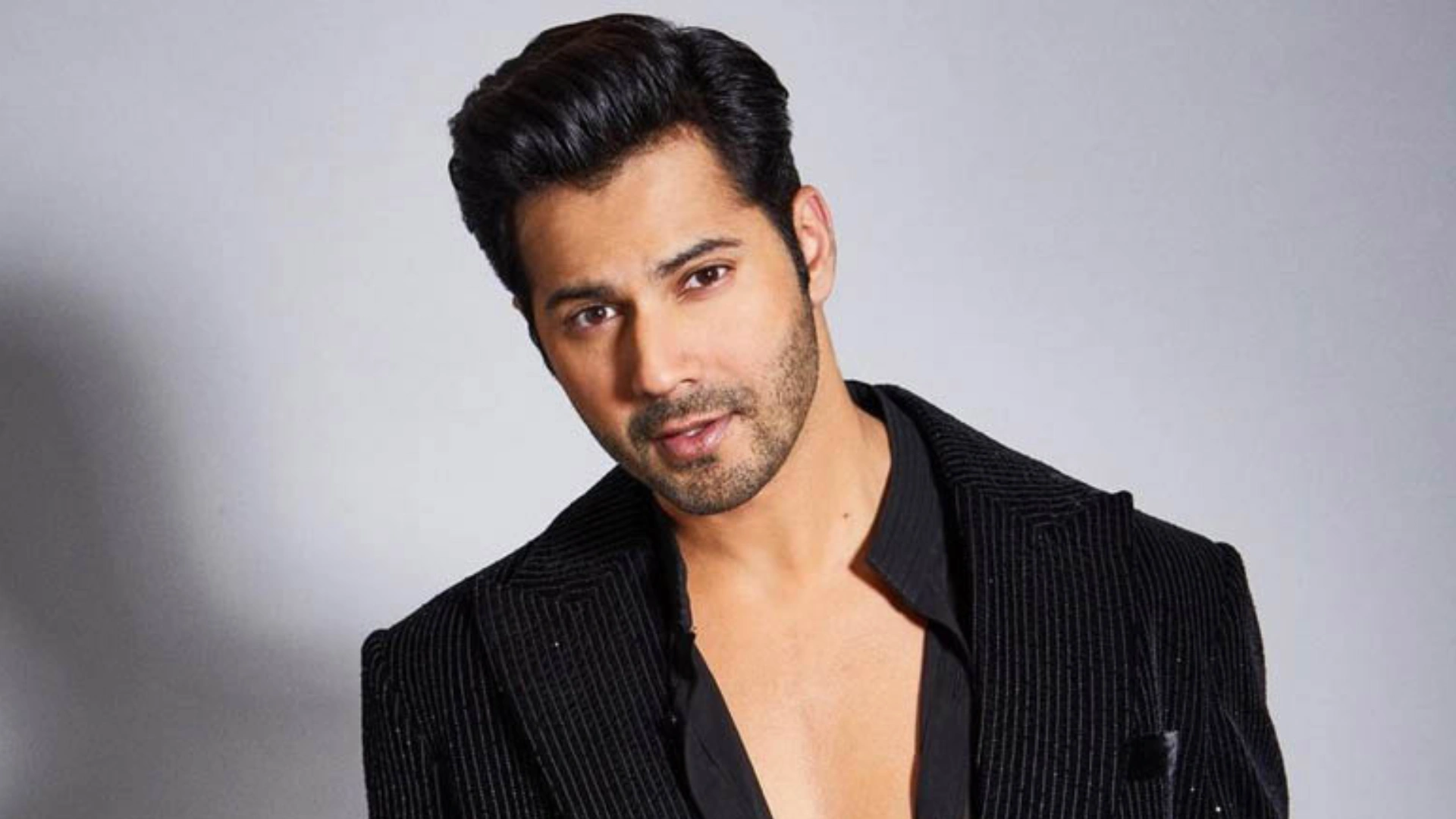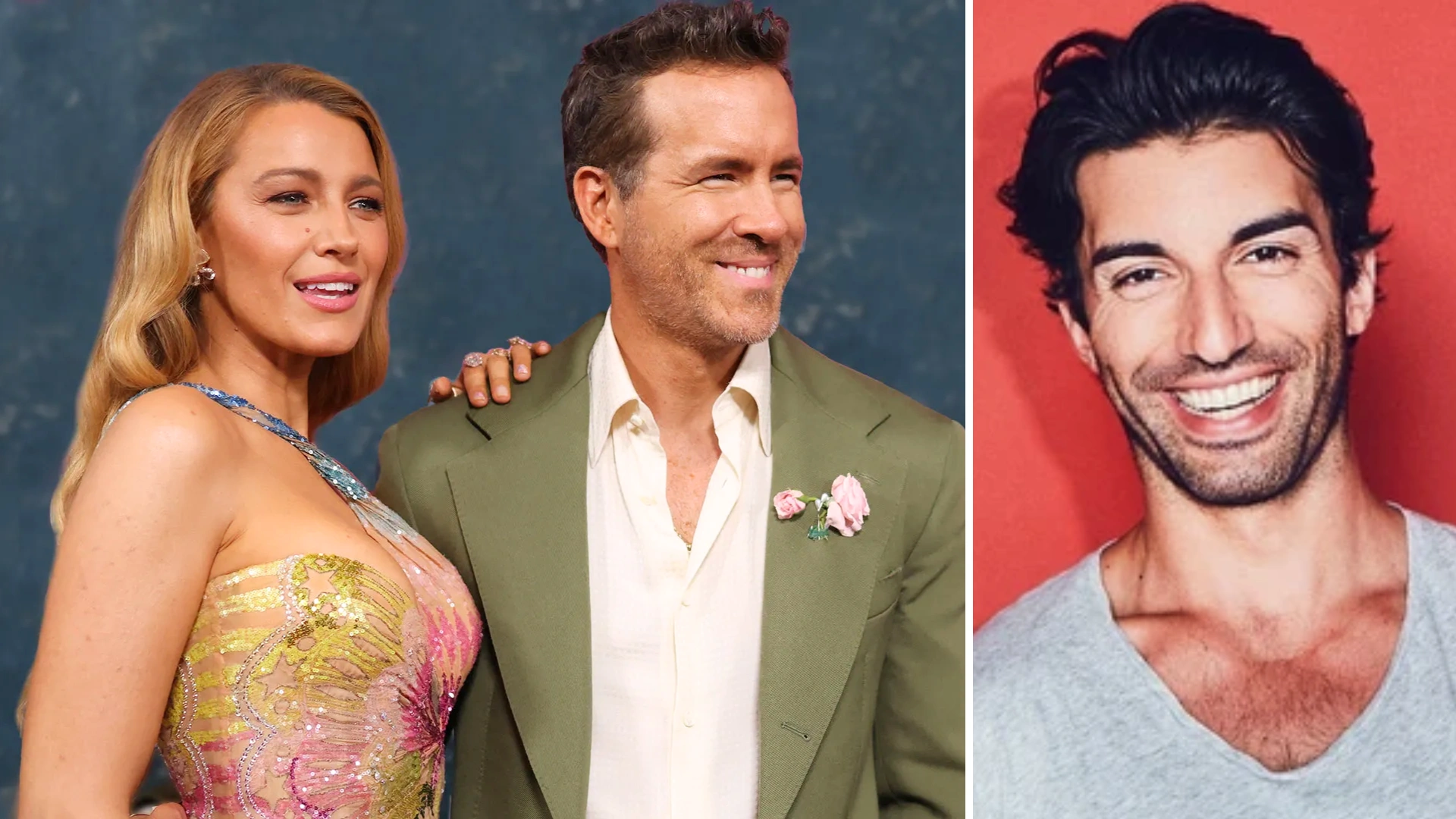India and Canada have plunged into a fresh diplomatic crisis following the expulsion of top envoys on both sides, marking a sharp escalation in tensions over the killing of Khalistan separatist Hardeep Singh Nijjar in 2022. The row intensified after Canada indicated Indian diplomats were being considered “persons of interest” in connection with an ongoing investigation into Nijjar’s assassination.
On October 14, India’s Ministry of External Affairs (MEA) announced that it had received “diplomatic communication” from Canada, which led to swift action, including the expulsion of diplomats. Canadian Prime Minister Justin Trudeau later confirmed that Canadian police were investigating credible allegations of Indian agents being involved in Nijjar’s killing.
A History of Khalistan Tensions Between India and Canada
The recent flare-up in relations between the two countries is not unprecedented. Tensions have simmered for decades, primarily centered around the Khalistan movement, which advocates for an independent Sikh state. The conflict over Khalistan dates back to 1982, when Indian Prime Minister Indira Gandhi expressed concerns to Canadian Prime Minister Pierre Trudeau, Justin Trudeau’s father, regarding Canada’s leniency towards Khalistan supporters.
At the time, Surjan Singh Gill, a Khalistan activist, had established a “Khalistan government in exile” in Vancouver, issuing symbolic passports and currency. Despite his limited local support, Canada’s refusal to extradite Talwinder Singh Parmar, accused of murdering two Indian police officers, further strained relations. Parmar would later be implicated as a mastermind behind the 1985 Air India bombing, one of the deadliest terror attacks in aviation history.
Growing Diplomatic Rift
The current diplomatic dispute is one of the most serious in recent memory, as both nations grapple with the implications of Nijjar’s assassination. Canada’s accusations against Indian agents have brought back memories of past discord, particularly over how Canada has been perceived as a refuge for Khalistani extremists.
While the investigation continues in Canada, the diplomatic fallout has had immediate consequences, with both countries engaging in tit-for-tat expulsions of their diplomats. Indian officials have strongly denied the allegations, calling them baseless and part of a political agenda.
ALSO READ:Canadian Air Force Rescues 191 Stranded Air India Passengers After Bomb Threat


















